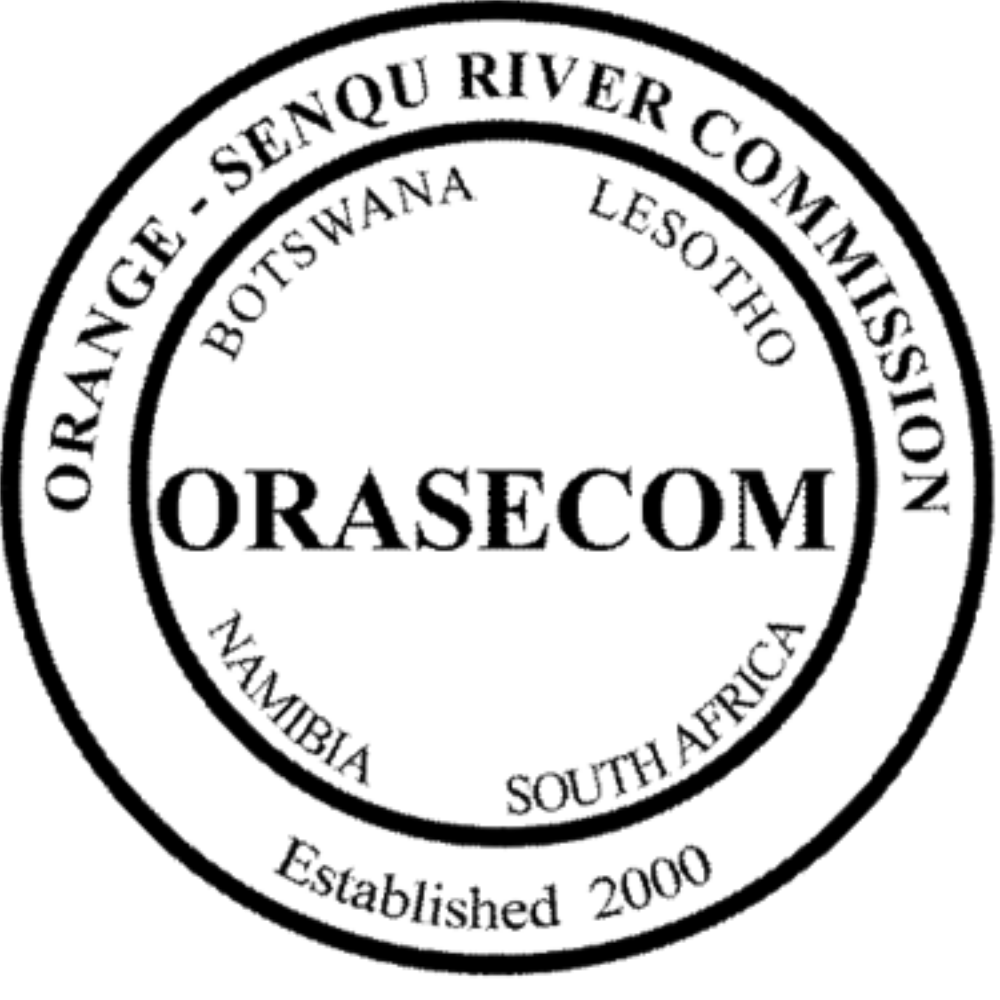Overview of the Orange-Senqu River Basin
The geography of the Orange-Senqu River basin is highly variable, from the mountainous terrain of the Kingdom of Lesotho, through the semi-arid and arid landscapes of South Africa’s Karoo and Richtersveld, to the deserts of southern Namibia.
The total Orange-Senqu River basin extends over four countries, Botswana, Lesotho, Namibia, and South Africa, and covers an area of 1 000 000 km². 64.2% (642 000 km²) of the basin falls within South Africa, 24.5% (245 000 km²) in Namibia, 7.9% (79 000 km²) in Botswana and 3.4% (34 000 km²) in Lesotho (ORASECOM 2007). The basin incorporates the central part of South Africa, which represents nearly half of the surface area of the RSA, the whole of Lesotho (where the main river is known as the Senqu), reaches to the southern part of Botswana, and drains most of the southern half of Namibia.
The main geographical regions covered by the Orange-Senqu River basin are (DWAF 2005):
- Maluti Drakensberg Mountains
- Highveld
- Nama Karoo
- Southern Kalahari
- Namaqua Highlands
- Southern Namib desert
For More information, please refer to the ORASECOM Brochure 2008

